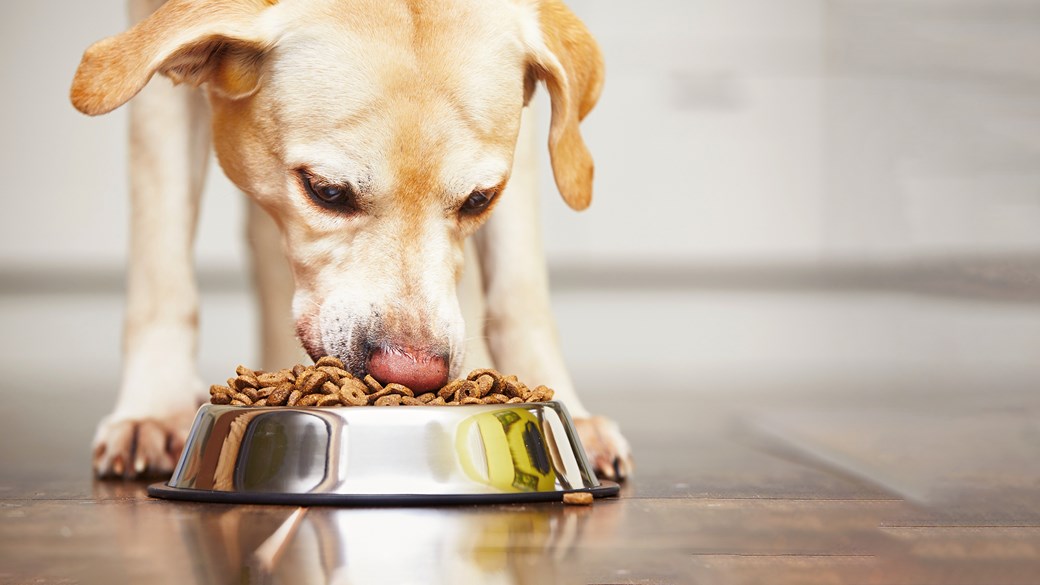
Food Guarding
How to prevent and manage resource aggression with your dog
Guarding food, or any resource such as toys or a sleeping space, is a natural reaction. In a ‘wild’ situation, these resources can run out or be stolen, and therefore need to be protected. Teaching our dogs that their resources are safe is important, as guarding behaviour can become aggressive and difficult to control if left unmanaged.
More about food guarding
Resource aggression is a commonly seen form of guarding. Food aggression/guarding is one of the most commonly seen, although dogs can develop possessive instincts over anything.
Resource aggression is seen as a puppy or dog growling or barking if someone approaches their resource, and is a warning that this is ‘mine’ and not to take it. Approaching food before they have finished is a common trigger for this kind of response. They may also snap at whoever they feel is ‘threatening’ their access to the resource.
This is often seen as undesirable, and can even become dangerous, especially in households with children.
Resource aggression can start very young, especially in large litters. Food aggression especially may develop in this period; often larger puppies can bully smaller puppies, by eating their own food fastest and then moving in on the food bowls of others. Naturally this creates competition, and a need to protect food from others in the area.
Preventing resource aggression is better than cure, and involves teaching your puppy that their resources are safe and to tolerate your presence around them. How you can achieve this will depend on the personality of your dog.
Confident dogs will often never develop resource aggression, especially if you spend time around them when they are eating, respect their sleeping area or crate as their space, and use safe and interactive play.
For less confident dogs, there is more chance of resource aggression developing. For these dogs it’s important to establish early on that sharing is beneficial for them. Get them to swap the toy in their mouth for a higher value one that you are holding, or to allow you to place a yummy treat in their bowl while they are eating. They will soon learn that your presence is a good thing, and actually increases the value of what they have. As your puppy learns this, you can increase what you are asking to involve removing the food bowl to add the treat, or getting your dog to drop their toy and wait before you replace it with something better. Don’t forget praise too!
The first ‘red flag’ of food aggression is a puppy that starts to eat faster when you approach their food bowl. You may also not see the signs until you hear a soft growl, see stiffening of their body or even receive a nip. Whatever stage you catch it in, it’s important to get on top of any resource guarding as soon as you can. As resource guarding involves aggression behaviours, we would always recommend speaking to your local vet.
